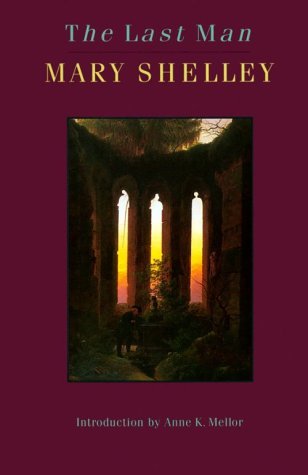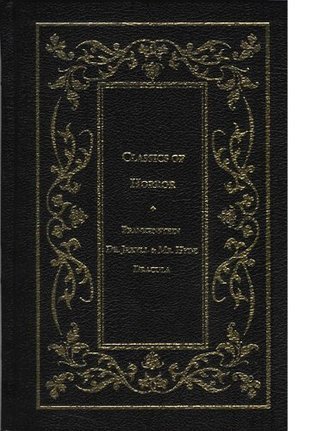
Frankenstein: The 1818 Text
Book Description
A monstrous creation awakens, igniting a deadly dance between creator and creature in a world unprepared for its horrors. Amidst the stormy landscapes of ambition and despair, one man's quest for knowledge spirals into a nightmare, as love turns to betrayal and innocence becomes a weapon of destruction. Tension mounts as the lines blur between humanity and monstrosity, challenging the very nature of life itself. Secrets unravel and moral dilemmas arise in this timeless tale of isolation and consequence. As the shadows close in, who is truly the monster in this gripping battle for the soul?
Quick Book Summary
"Frankenstein: The 1818 Text" by Mary Shelley is a groundbreaking novel exploring the perils of unchecked ambition and the complex relationship between creator and creation. Victor Frankenstein, a young scientist, becomes obsessed with piercing the secrets of life and succeeds in animating a creature assembled from dead body parts. Horrified by his own success, Victor abandons his creation, inadvertently setting in motion a tragic series of events. The creature, intelligent yet shunned and mistreated, seeks understanding and companionship, only to be met with fear and violence. Grief and vengeance become the driving forces in both men's lives, culminating in devastating outcomes. Shelley’s novel grapples with profound questions about responsibility, isolation, morality, and the nature of monstrosity, solidifying its status as a timeless classic.
Summary of Key Ideas
Table of Contents
The Dangers of Unchecked Ambition
At the outset, "Frankenstein" unfolds through a series of letters written by explorer Robert Walton, who encounters Victor Frankenstein stranded in the Arctic. Victor recounts his tragic tale, beginning with his fascination for science and his relentless quest to unlock the secrets of life. Motivated by an irrepressible ambition and an insatiable desire for glory, Victor assembles and animates a human-like creature. This act marks the beginning of Victor’s moral unraveling, as he immediately recoils from the being he has brought to life.
Isolation and Alienation
The creature, abandoned and left to survive on its own, experiences the harsh realities of isolation and prejudice. Despite its intelligence and yearning for acceptance, every encounter with humanity reinforces the creature’s outsider status. In its isolation, the creature educates itself and becomes painfully aware of its own deformity and alienation. This loneliness festers into resentment, especially when it is violently rejected by the very beings it seeks to understand and love.
The Creator and Creation Relationship
Driven by a desperate longing for companionship, the creature pleads with Victor to create a female counterpart. Initially moved by pity, Victor ultimately destroys his second creation, fearing the propagation of a new race of monsters. In retaliation, the creature embarks on a campaign of vengeance, systematically destroying Victor’s loved ones and plunging him into a spiral of guilt, despair, and relentless pursuit.
Moral Responsibility and Consequences
The novel delves deeply into the responsibilities that come with creation and knowledge. Victor’s failure to care for his creation and his inability to foresee the consequences of his actions underscore the ethical dilemmas central to the narrative. Both Victor and the creature are consumed by their obsessions and mutual suffering, blurring the lines between victim and villain, human and monster, highlighting Shelley’s interrogation of what constitutes true monstrosity.
The Nature of Monstrosity
As Victor relates his downward spiral to Walton, both men encounter the dangers of boundless ambition and unchecked hubris. The conclusion sees Victor perish in his quest for vengeance, while the creature, filled with remorse and recognizing the irreparable harm caused, vows to end its own wretched existence. Through this haunting climax, Shelley leaves readers with enduring questions about the limits of human aspiration, the effects of societal rejection, and the profound responsibilities we bear for our creations.
Download This Summary
Get a free PDF of this summary instantly — no email required.





